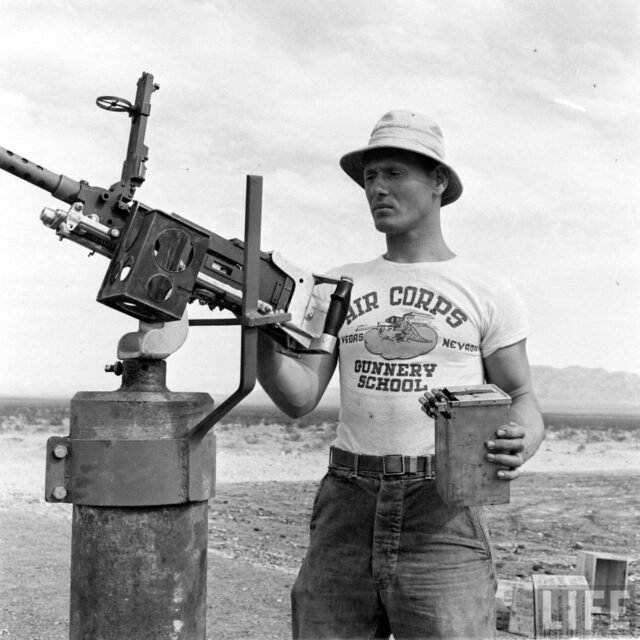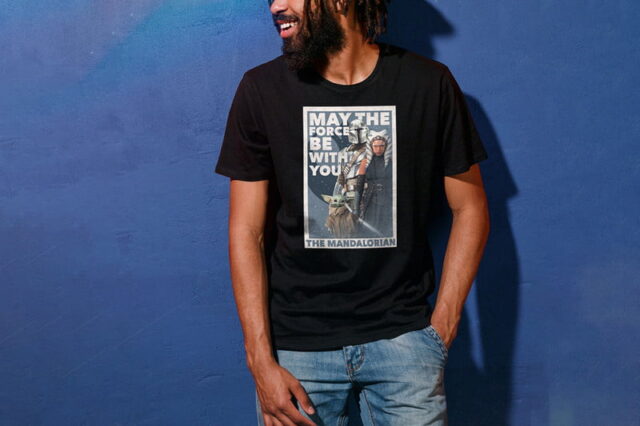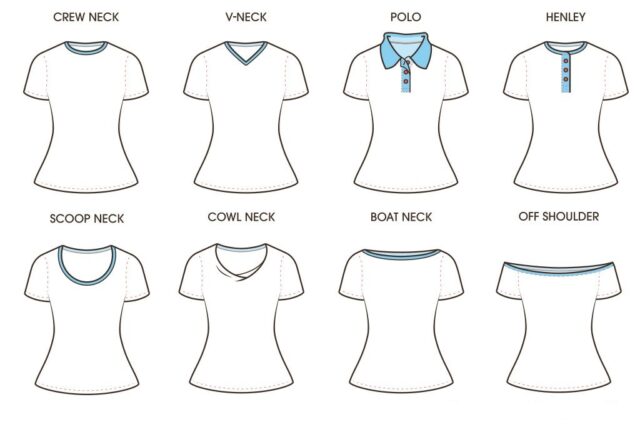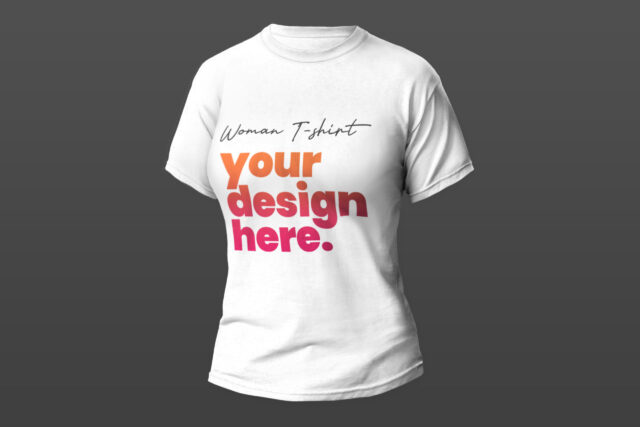
T-shirts are one of the most popular pieces of clothing in the world that can be found in almost everyone’s wardrobe. But have you ever wondered how this daily piece of clothing apparel came to be? In this article, we will take a brief look at the history of t-shirts, from their origins to the modern-day.
Beginnings of T-Shirts
T-shirts first came into existence in the late 19th century. They were originally designed as underwear for men and were made from a variety of materials including cotton, linen, and wool. It wasn’t until the early 20th century that t-shirts began to be produced commercially. The first t-shirt company was Hanes, which was founded in 1901.
War impact on T-Shirts
First World War played a significant role in popularizing t-shirts as clothing pieces among men. Soldiers would not only wear t-shirts as undershirts but also often use them to wipe their faces, necks (and even weapons) during combat.
T-shirts proved to be comfortable, lightweight, and durable enough that after the war they became more commonly seen as casual wear and men kept wearing them in their day-to-day life. That was a huge paradigm shift. At that time t-shirts were especially appreciated by factory laborers and athletes as outwear clothing.

Right after the war in the 1920s t-shirts were introduced to women as part of the “one-piece” bathing suit. And in the 1930s, t-shirts were mass-produced for the first time and became more widely available to the general public. But it wasn’t until the 1950s that t-shirts really started to become a fashion item.
Post Wartime and T-Shirts
In the 1950s, T-shirts became a symbol of rebellion and nonconformity. James Dean a 1950s film star was one of the first celebrities to be seen wearing a t-shirt on screen, and Marlon Brando (also an actor) wore one in the movie “A Streetcar Named Desire” (1951). Their looks communicated a “think different” approach to how “real” men should look and act at the time. And soon after, t-shirts started to become a must-have fashion item among young influenced teenagers.
T-shirts were even more popularized by the counterculture of the 1960s and were often worn by hippies and protesters. And in the 1970s, t-shirts became more mainstream, as they were adopted globally by athletes and celebrities.
T-Shirts in Today’s World

Nowadays, t-shirts are a staple in every wardrobe and can be found in a huge variety of styles. They are worn by people of all ages and genders and are made from a variety of materials.
T-shirts are often used as a blank canvas for self-expression. By decorating them with custom images, text, or patterns it is easy to express your own personal style and individual taste.
By adding prints, logos, and different designs to the t-shirts it is common to see companies and individuals promote their products and express themselves.
There are also people and organizations who use t-shirts as promotional boards for their political and social statements. For example, T-shirts with slogans such as “Feminist” and “Black Lives Matter” have become popular among those who want to show their support for a certain cause.
And that is why they are now considered to be a fashion item by millions of people World Wide.
T-shirt styles
A t-shirt that started as simple men’s undergarment now has various shapes and forms. Besides having lots of options for a t-shirt design, you can also purchase it in different styles. There is the classic t-shirt with straight sides and a mid-bicep sleeve.
Then there are different cuts for men’s and women’s t-shirts. Men’s t-shirts usually are longer and keep the classic t-shirt features. On the other hand, women’s t-shirts you can find in more figure-hugging shapes, and they often are cut a bit shorter than men’s t-shirts.

Another thing that can differ from t-shirt to t-shirt is the neckline. A classic t-shirt will have a round neckline. But nowadays you can find women’s and men’s t-shirts with V-shaped necklines, as well as round neckline t-shirts with different depths of cut. Women’s t-shirts also can have a boat neckline.
It is also not surprising to find unique cuts for t-shirts, for example, an asymmetric neckline or even an asymmetric hemline.
T-shirts can also differ in the shape they are made. There are oversized t-shirts meant to look baggy and “too big” for the wearer, there are slim t-shirts that will hug the figure, and there are cropped t-shirts that will end somewhere around the mid waist.
T-shirt materials
Since the t-shirt beggings, the materials t-shirts are made of have expanded from cotton alone. There are now t-shirts made of polyester and cotton/polyester blend. Some t-shirts have added elastane to make them stretchier and easier to wear. There are still t-shirts made of cotton. Especially popular now is “organic cotton” which shows that the cotton used in this type of t-shirt creation has not been cultivated with harmful chemicals.
Create Your Own Custom T-Shirt
With customization being the trend of today’s world, you can easily customize and create unique t-shirt designs.
All you need is an idea, a designer or designer’s tools, and a print on demand supplier.
First, you need to develop your idea. Will it be a graphic design or a minimalistic, simple one-word design? Today almost everything goes, as long as it is unique and not seen somewhere else.

Then you need to find someone who can execute your idea into visual materials. If you are a designer or design enthusiast, you can do it yourself. If not, you can hire a designer who can help bring your ideas to life. You will need to create your design in digital format.
And the last step, upload your design on print on demand supplier website! For example, Printseekers.com. You can choose there a t-shirt style you want, the size and the color. Send them your design and wait for your designed t-shirt to arrive at your doorstep!
Conclusion
Whether you’re wearing a t-shirt to make a statement or simply to keep cool on a hot day, there’s no doubt that t-shirts have come a long way from their humble beginnings. Nowadays they are worn by almost everyone – men, women, teenagers, kids, and even the elderly. They have truly become a wardrobe staple.












